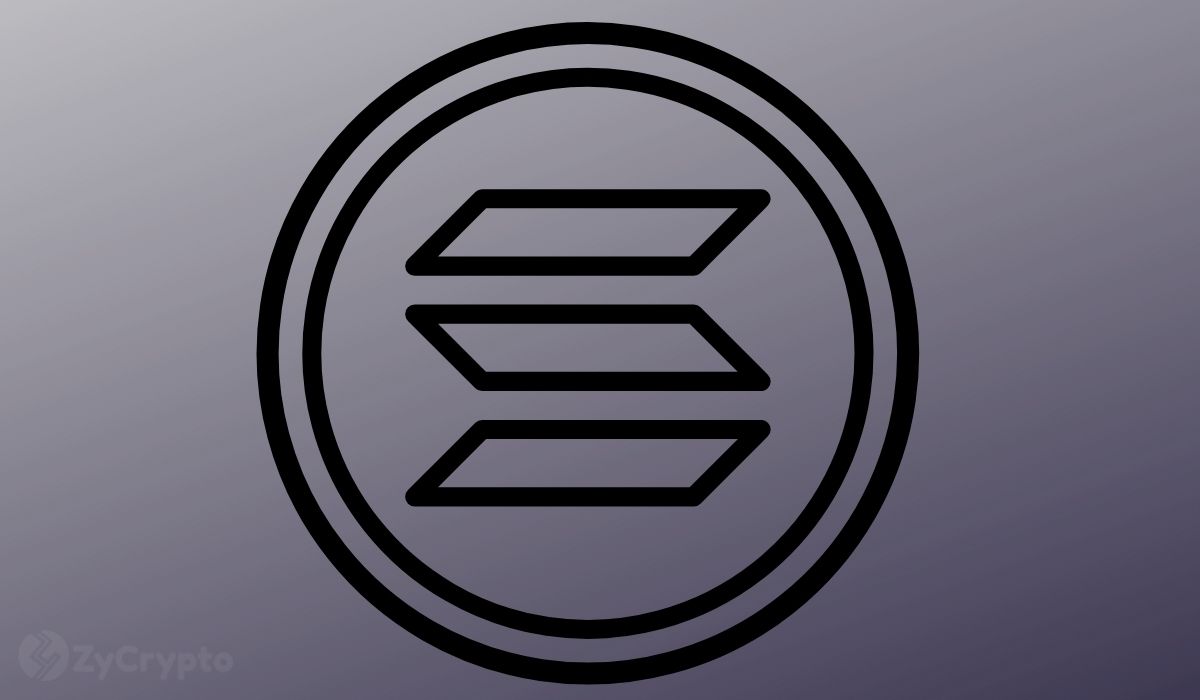While no one can deny the massive influence of Bitcoin on the cryptocurrency and blockchain worlds, and no one can possibly refute the utility of the Ethereum blockchain, there are many other smaller players who are changing the landscape at breakneck speeds. One of these players that have emerged as a key competitor to becoming the top dog of smart contract platforms is Solana.
Solana is a fast, secure, and censorship-resistant blockchain providing the open infrastructure required for global adoption. They aim to solve the problem of high fees and slow transaction speeds when executing smart contracts. But how do they plan to do this? First, let’s talk about Solana’s history.
Solana was founded by Anatoly Yakovenko in 2017 when Yakovenko published a whitepaper draft proposing a new timekeeping and validation technique for distributed systems. For context, Bitcoin and Ethereum’s blockchains utilize the Proof-of-Work (PoW) concept while blockchains like Cardano and Polkadot use the Proof-of-Stake (PoS) method.
As a side note, Ethereum will be moving over to the Proof-of-Stake methodology upon the completion of the Ethereum 2.0 upgrade. Solana, on the other hand, uses a consensus algorithm called Proof-of-History (PoH) combined with the underlying Proof-of-Stake (PoS) consensus of the blockchain.
In simple terms, PoH is a technique to cryptographically verify the passage of time between two events, or keeping time between computers, in essence making time the constant in between nodes that need to validate each other. This is done by implementing a mechanism that has existed in Bitcoin’s source code called nLocktime, which is a cryptographically secure way to keep track of time.
From Yakovenko’s prior experience at companies such as Qualcomm, Mesosphere, and Dropbox, he knew that use of this technique would simplify network synchronization, which means the network speed would be limited only by network bandwidth. In Solana’s own words, “once nodes can trust time, suddenly ~40 years of distributed systems research becomes applicable to blockchain!” Today, Yakovenka is joined at Solana by his Qualcomm colleague Greg Fitzgerald as well as top talent from global organizations such as Intel, Google, Microsoft, Dropbox, and more.
Okay, so now we know what makes Solana tick, but how does this matter in the grand scheme of things? Well, let’s get into it, on a high level. Before we go further, we’ll need to understand a few key components of the Solana ecosystem.
First, a Solana Cluster: is a set of independently owned computers working together (and sometimes against each other) to verify the output of untrusted, user-submitted programs. Basically, a decentralized network of computers working together, like a massive beehive that is separated by land and sea. These Clusters are used to preserve an immutable record of events. The Clusters do this by producing a record of events called the ledger, which will be preserved for the lifetime of the Cluster.
Next, we need to talk about SOLs. A SOL is the name of Solana’s native token, which can be passed to nodes in a Solana cluster in exchange for running an on-chain program or validating its output. Just like fractional Bitcoins are called satoshis, fractional SOLs are called lamports, named in honor of Leslie Lamport, an American computer scientist best known for his seminal work in distributed systems. A lamport has a value of 0.000000001 SOL. The Solana Foundation has announced that a total of 489 million SOL tokens will be released in circulation. At the moment, about 270 million of these have already entered the market.
Solana, using the unique Proof-of History method, has been gaining amazing traction in the cryptocurrency space because of the incredibly short processing and validation times that are made possible by the blockchain. The Solana team has designed the ecosystem so that transaction costs will be kept low while scalability and speedy processing times always remain a key priority.
Apart from Proof of History, Solana also lists 7 other core competencies that sets them apart, namely,
- Tower BFT (Byzantine Fault Tolerance)
- Turbine
- Gulf Stream
- Sealevel
- Pipelining
- Cloudbreak
- Archivers
In order to not let this article become too technical and wordy, we’re not going to go into all of them for now, but will perhaps touch on them in later articles. For now, understanding Proof-of-History will suffice to tell of Solana’s uniqueness.
Now what about the business continuity of Solana as a project. In terms of financials, Solana has raised $20 million in a Series A round led by Multicoin Capital. More fundraising efforts are in the works as well. Solana has also attracted amazing projects such as the decentralized exchange, Serum, launched by FTX, the renowned cryptocurrency exchange. Other awesome projects that capitalize on Solana’s blockchain are such as Raydium, ROPE, and Audius.
With all the unique offerings and promising partnerships developing for Solana, it would be safe to say that Solana is nothing short of a game-changer in the cryptocurrency space. It is definitely something to keep an eye out for.
*Nothing in this article should be construed as financial advice and buy or sell calls.






